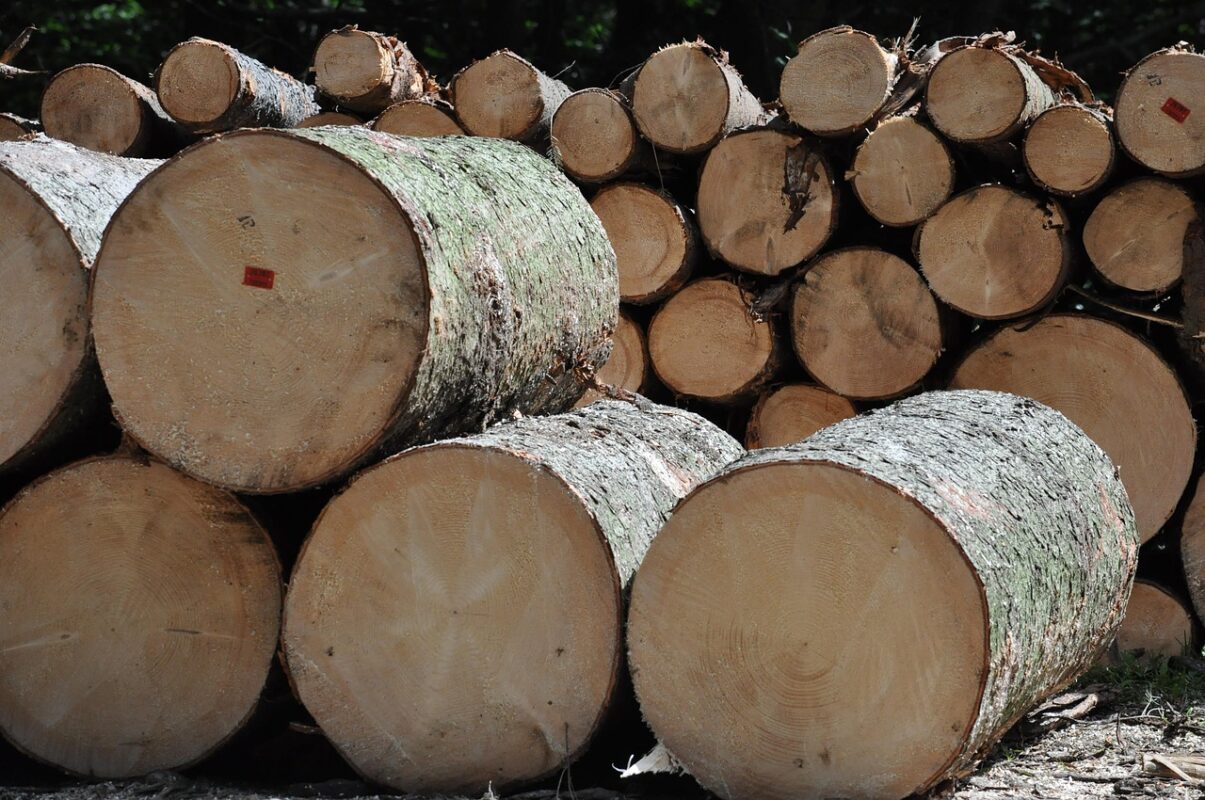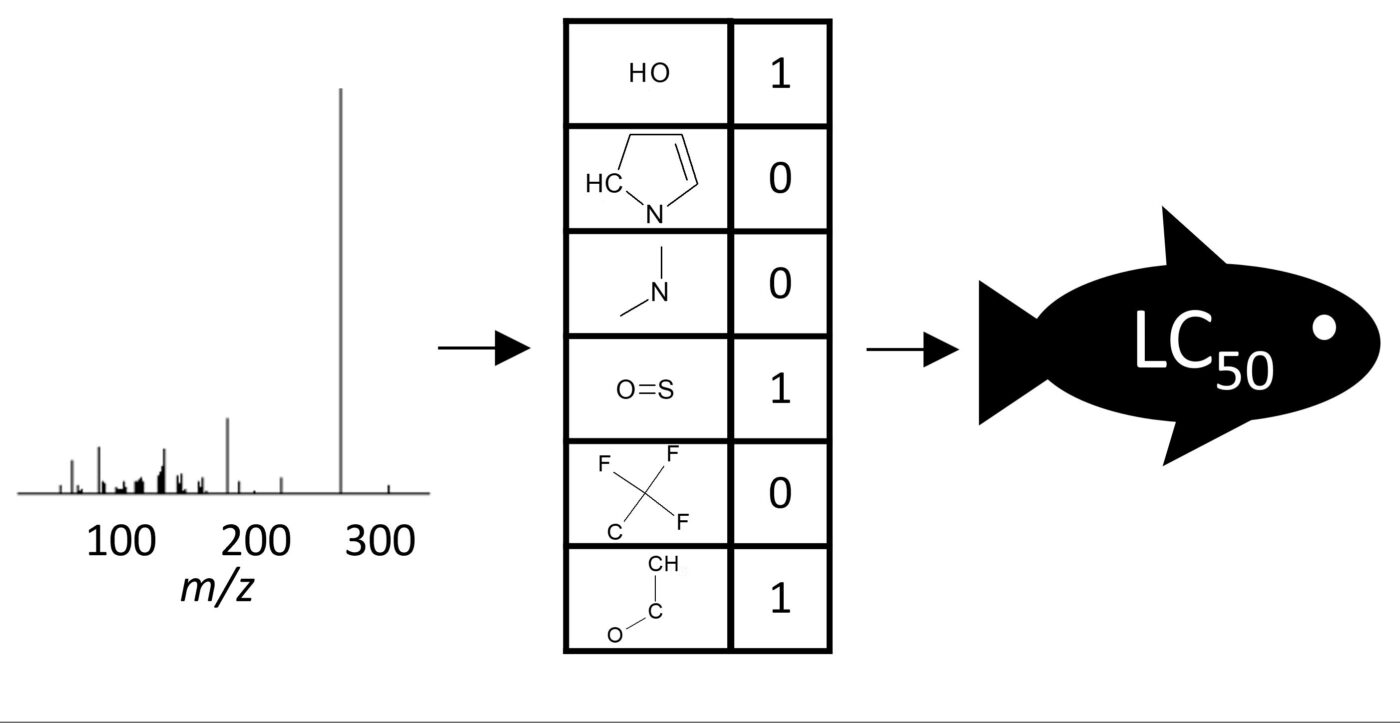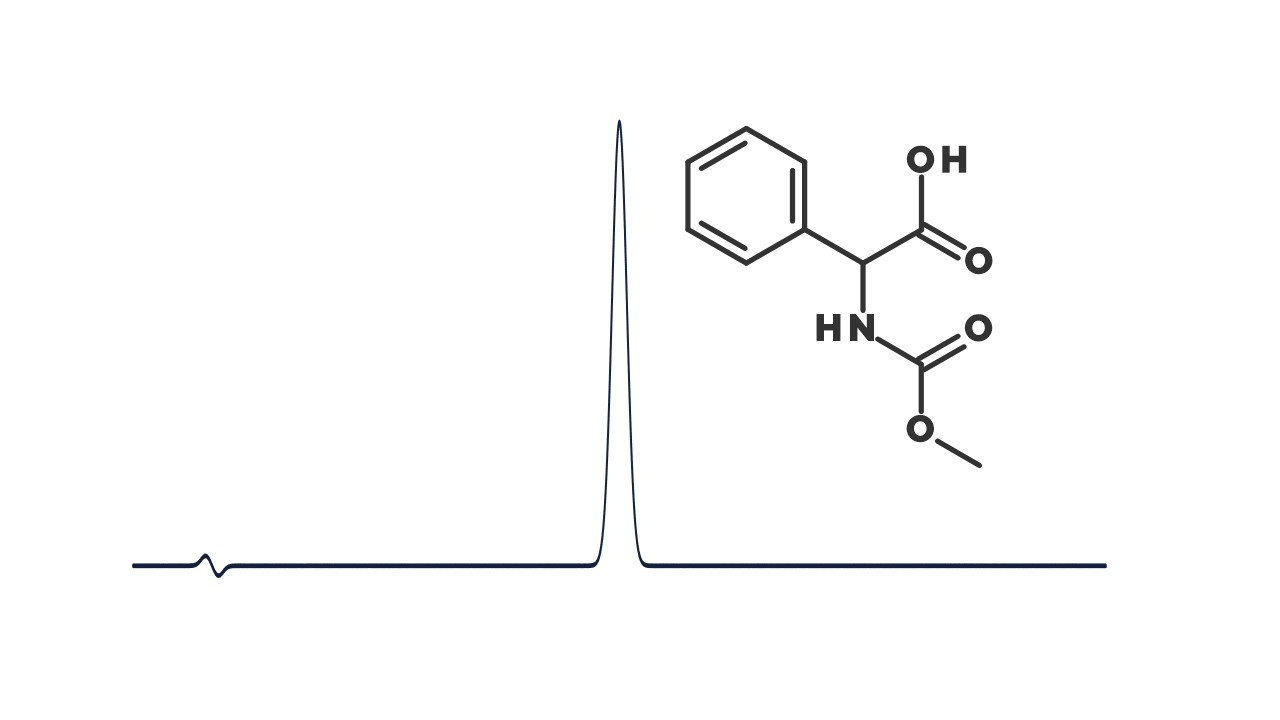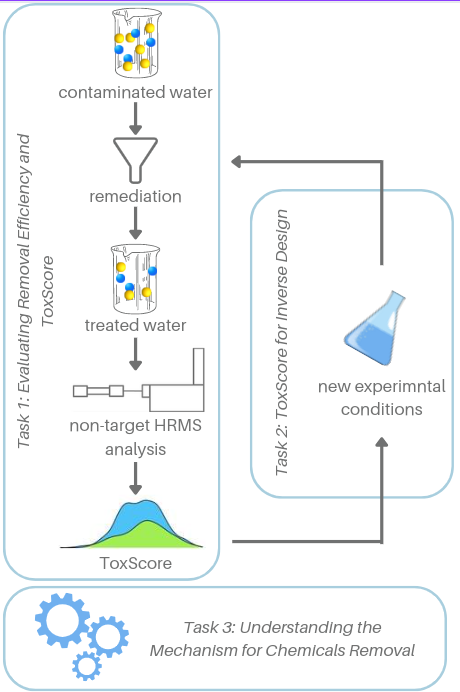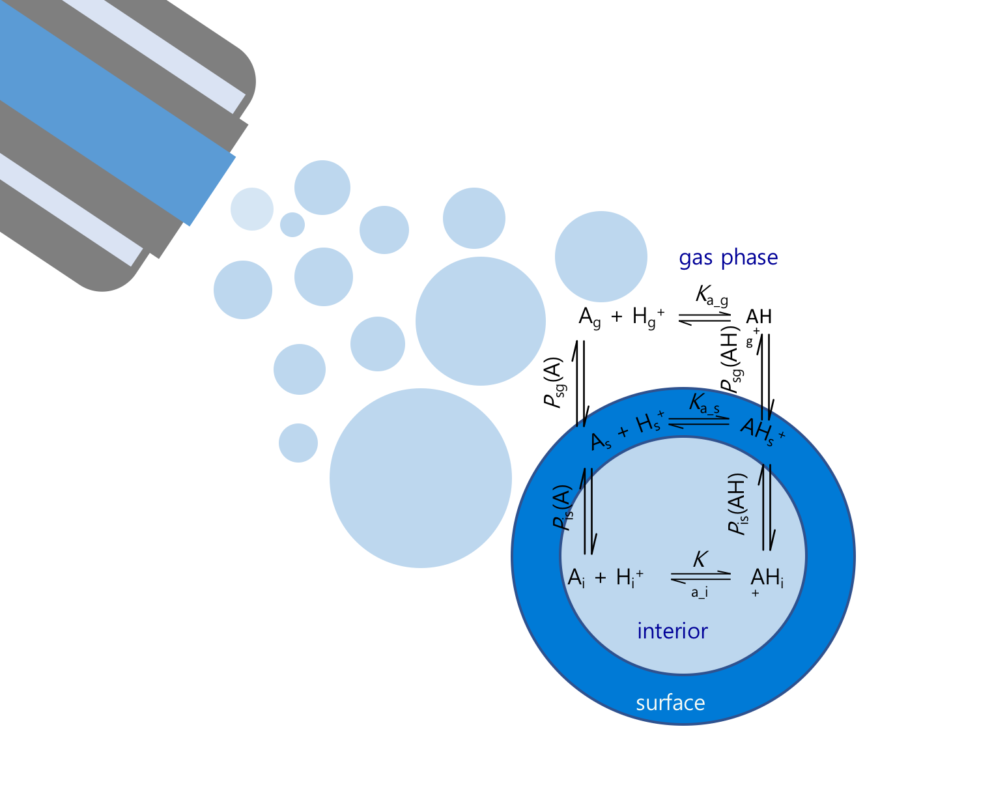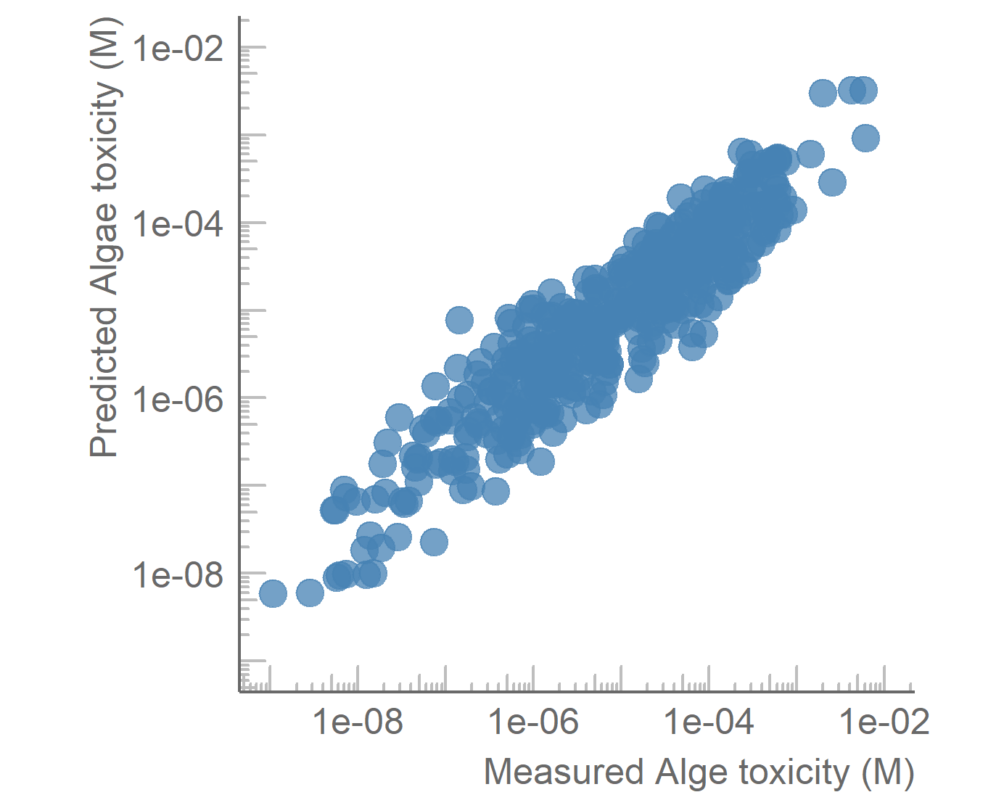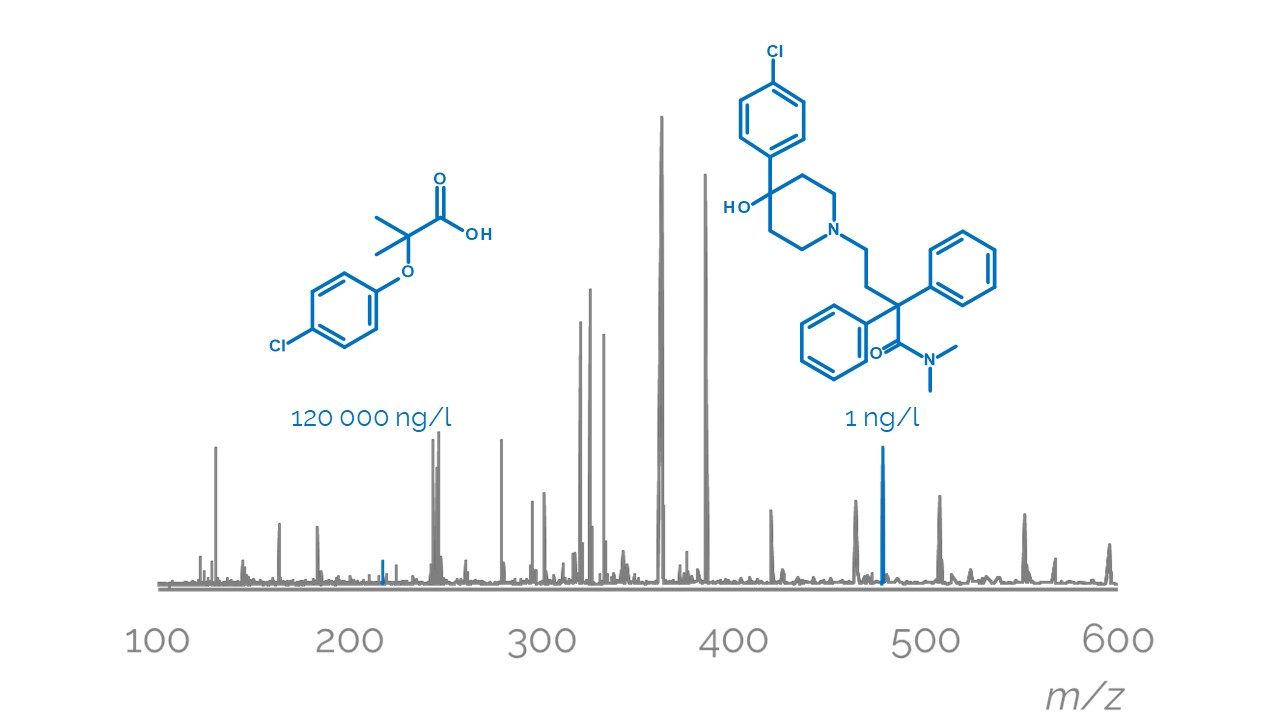Automated discovery of toxic chemicals in complicated mixtures with machine learning and complementary analytical techniques
Anneli Kruve, Jonathan W. Martin, Matthew MacLeod, Frederic Been, Isak Samsten
FORMAS 2026 – 2030
Advanced treatment is soon to be required in the EU to mitigate the impact of micropollutants in wastewater. Identification of the chemicals contributing to the toxicity of sludge, waste- and raw drinking water is essential for intelligent design of water treatment solutions. Unfortunately, only a small fraction of chemical mixture toxicity of wastewater can be explained by known micropollutants monitored today. We have shown that nontarget screening with liquid chromatography high resolution mass spectrometry (LC/HRMS) in combination with machine learning allows rapid ecotoxicity and exposure evaluation of detected chemicals. Importantly, our model MS2Tox enables to overcome the need for unequivocal structural annotation that was hitherto impeding the toxicity assessment. Nevertheless, the toxicity assessment is limited by (1) the detection of chemicals causing the toxicity and (2) the prediction accuracy of the machine learning models. Here we will close the gap in accounting for the effect of polar and (semi-)volatile chemicals by expanding MS2Tox for chemicals detected with hydrophilic interaction chromatography and gas chromatography coupled to HRMS. Simultaneously, interpretable machine learning expedites understanding of the knowledge learned by MS2Tox and its gaps. Furthermore, we are going to leverage the expanding toolbox of HRMS and MS2Tox to assess the toxicity of the whole range of chemicals present in waste- and raw drinking water as well as sludge in Sweden.



